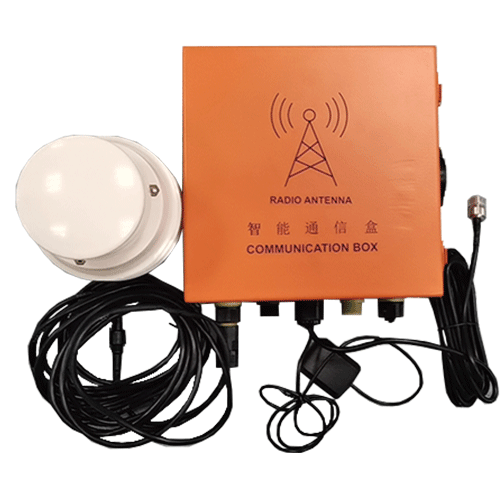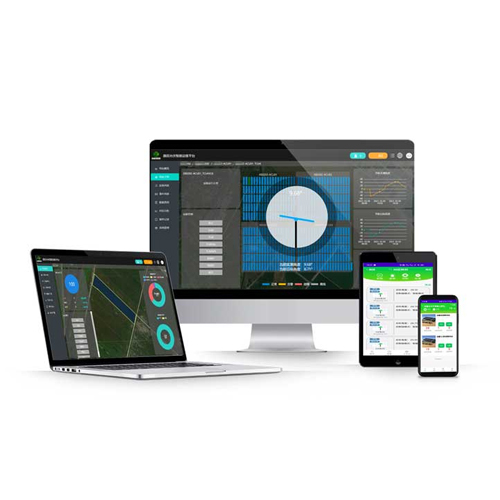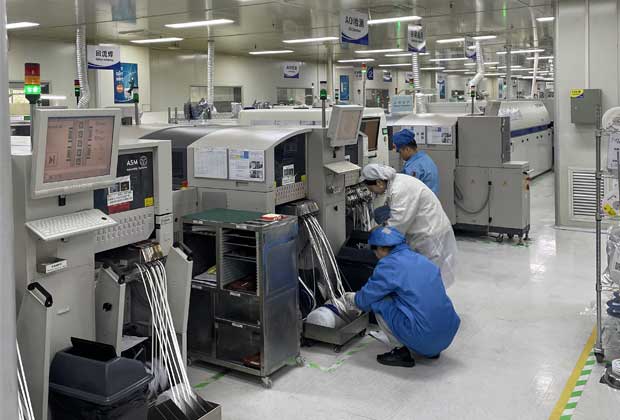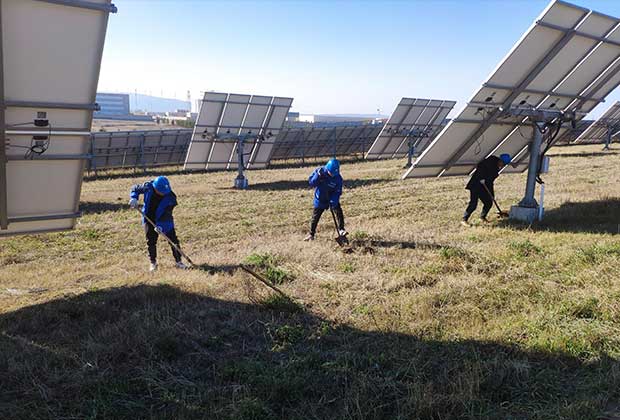Solar energy is an abundant and clean source of power that has gained immense popularity in recent years. As the demand for solar installations continues to rise, innovative technologies are emerging to maximize the efficiency and output of solar panels. One such technology is the solar light tracker. In this blog, we will delve into the world of solar light trackers and explore the numerous benefits they offer in optimizing solar energy generation.
Understanding Solar Light Trackers
Solar light trackers are devices designed to orient solar panels to follow the sun's path throughout the day. They employ mechanical or electronic systems to adjust the angle and position of the panels, ensuring they are always perpendicular to the sun's rays. By continuously tracking the sun, light trackers maximize the amount of solar energy captured by the panels, significantly improving their efficiency.
Enhanced Energy Generation
The primary advantage of solar light trackers is their ability to enhance energy generation. Fixed solar panels have a static orientation that limits their exposure to sunlight during specific hours of the day. Solar light trackers, on the other hand, dynamically adjust the position of the panels to face the sun at all times. This dynamic tracking enables the panels to capture sunlight more effectively, resulting in increased energy generation by up to 30% or more.
Optimal Performance in Challenging Conditions
Solar light trackers excel in adapting to challenging weather conditions. Cloud cover, shade, and other obstructions can significantly impact the energy output of fixed solar panels. However, a solar light tracker can detect changes in sunlight intensity and make real-time adjustments to maximize energy production. This adaptability ensures consistent performance even in less than ideal weather conditions, ultimately maximizing the overall efficiency of the solar power system.
Cost Efficiency and Return on Investment
While solar light trackers require additional investment compared to fixed solar installations, they can offer substantial cost savings in the long run. By increasing energy generation, solar light trackers can reduce the number of panels needed to achieve a desired output, saving on installation and maintenance costs. Additionally, the improved energy efficiency translates into faster payback periods and higher returns on investment for solar projects.
Versatile Applications
Solar light trackers find applications in various settings, ranging from residential rooftop installations to large-scale solar farms. They are particularly beneficial in areas with variable weather patterns or limited available space. Solar light trackers can optimize energy production in urban environments where shadows from nearby buildings may affect solar panel performance. Additionally, they can be integrated into off-grid systems, improving their reliability and energy yield.
Environmental Impact
Solar light trackers not only benefit the solar power system owners but also have a positive impact on the environment. By maximizing energy generation, they reduce the reliance on fossil fuels and contribute to reducing greenhouse gas emissions. Embracing solar light trackers as part of the renewable energy landscape is a step towards a more sustainable future, mitigating climate change and promoting a cleaner environment.
Solar light trackers offer a compelling solution to optimize solar energy generation. By following the sun's path and continuously adjusting the position of solar panels, these innovative devices enhance energy output, adapt to changing weather conditions, and provide cost-effective benefits for solar installations. Whether it's for residential, commercial, or utility-scale projects, solar light trackers have the potential to revolutionize the efficiency of solar power systems, unlocking the full potential of renewable energy.
Remember, by harnessing the power of the sun through solar light trackers, we can pave the way towards a greener and more sustainable future, reducing our carbon footprint and preserving our planet for future generations.
 English
English  中文
中文




